Birds
Hummingbirds beat their wings 55-80 times a second. They're the only bird that can fly backwards. They're also the bird with the least amount of feathers, fewer than 1,000.
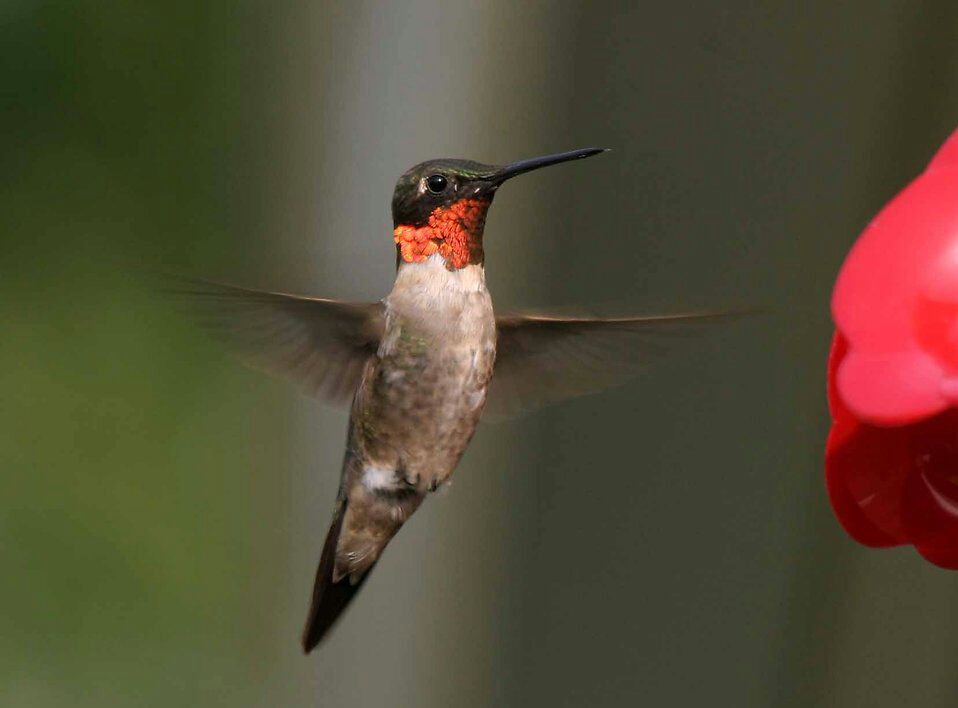
The only bird with nostrils at the end of its beak is the kiwi bird. This placement helps it sniff for food, such as worms and insects on the ground. It often snorts to clear its nostrils.
The Northern cardinal is the most popular state bird in the United States of America. It's been named the official bird of no fewer than seven U.S. states.
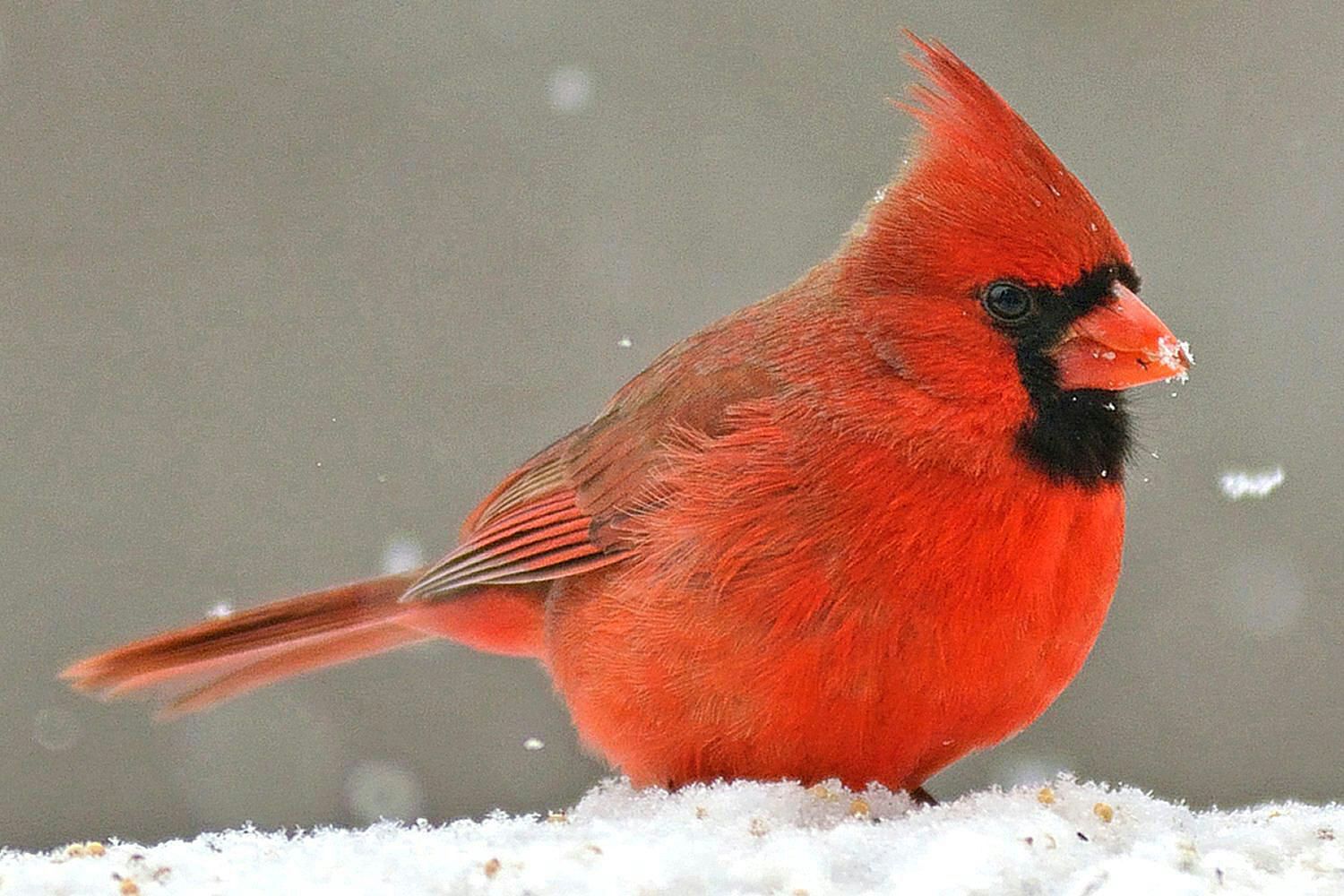
A swan has around 25,000 feathers on its body.

A woodpecker can peck 20 times per second. Some woodpeckers can eat as many as 2,000 ants per day.
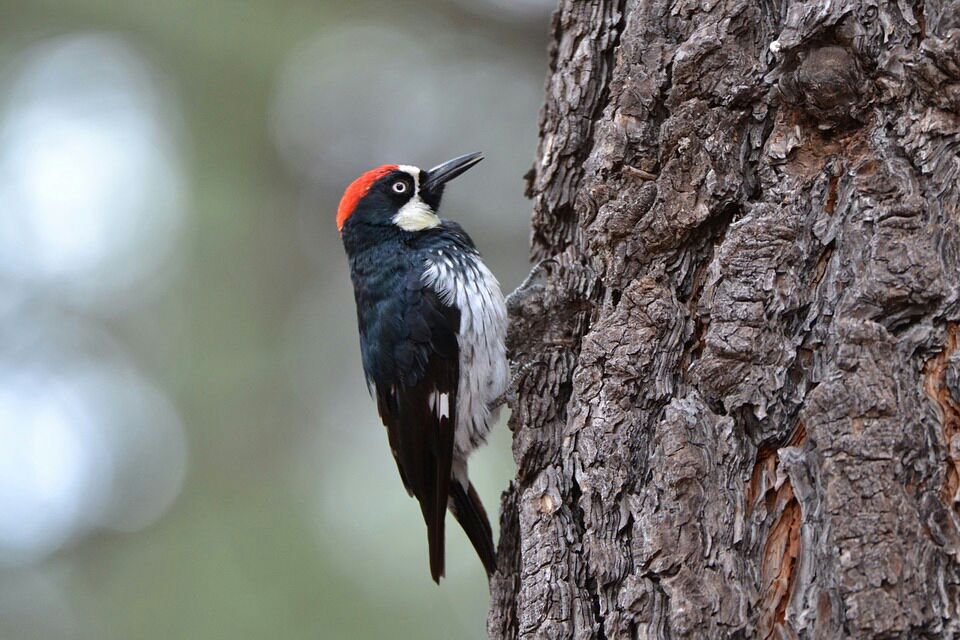
Chickens are thought to be domesticated from the Red junglefowl (Gallus gallus). The average chicken lays about 260 eggs per year.
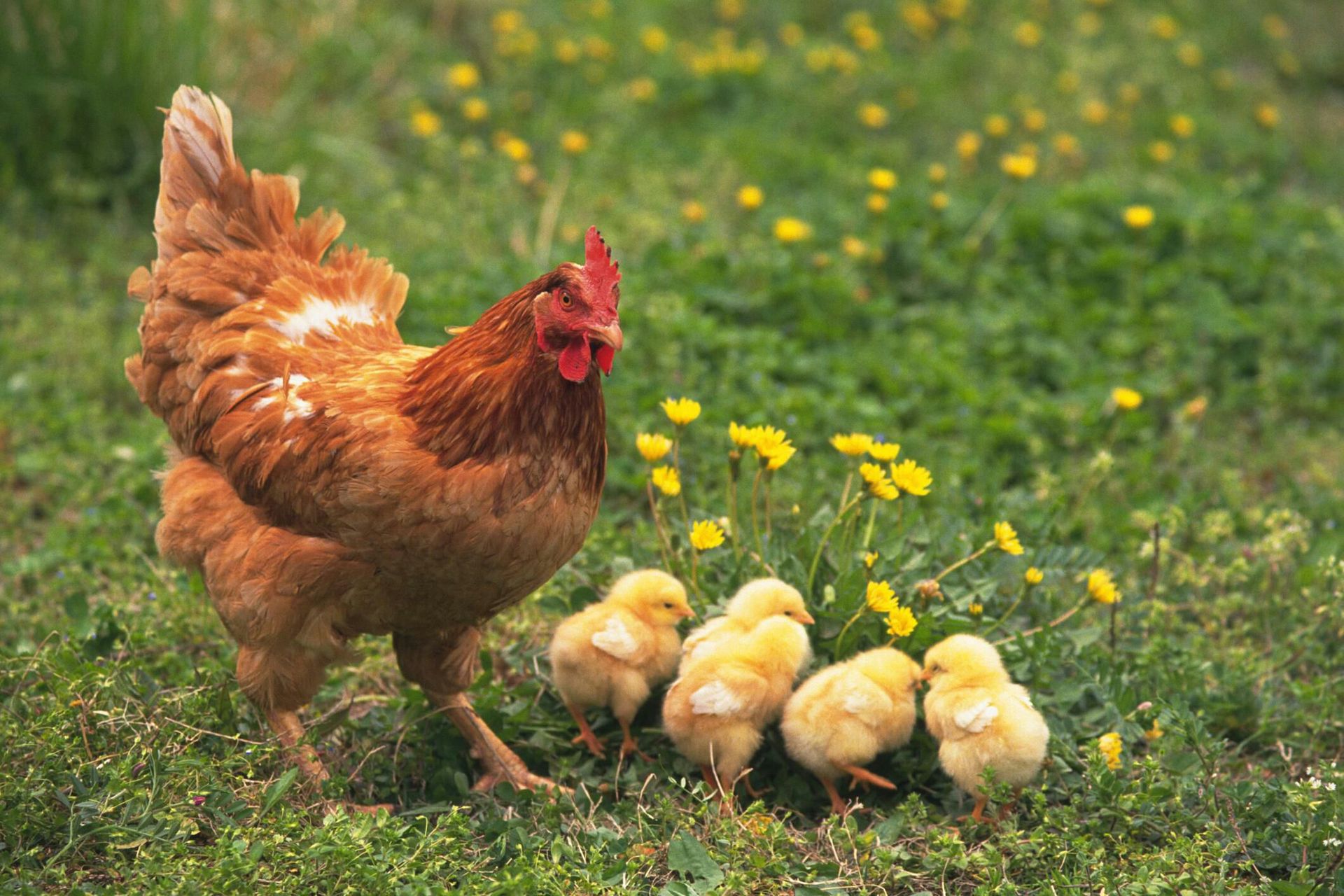
The fastest flying bird in a dive is the Peregrine Falcon. It averages speeds of over 180 kph [110 mph].
Vultures have stomach acid so corrosive that they can digest carcasses infected with anthrax. It's 10 to 100 times stronger than human stomach acid.
Blue jays mimic the bird calls of other species. They can make excellent imitations of several hawk sounds.
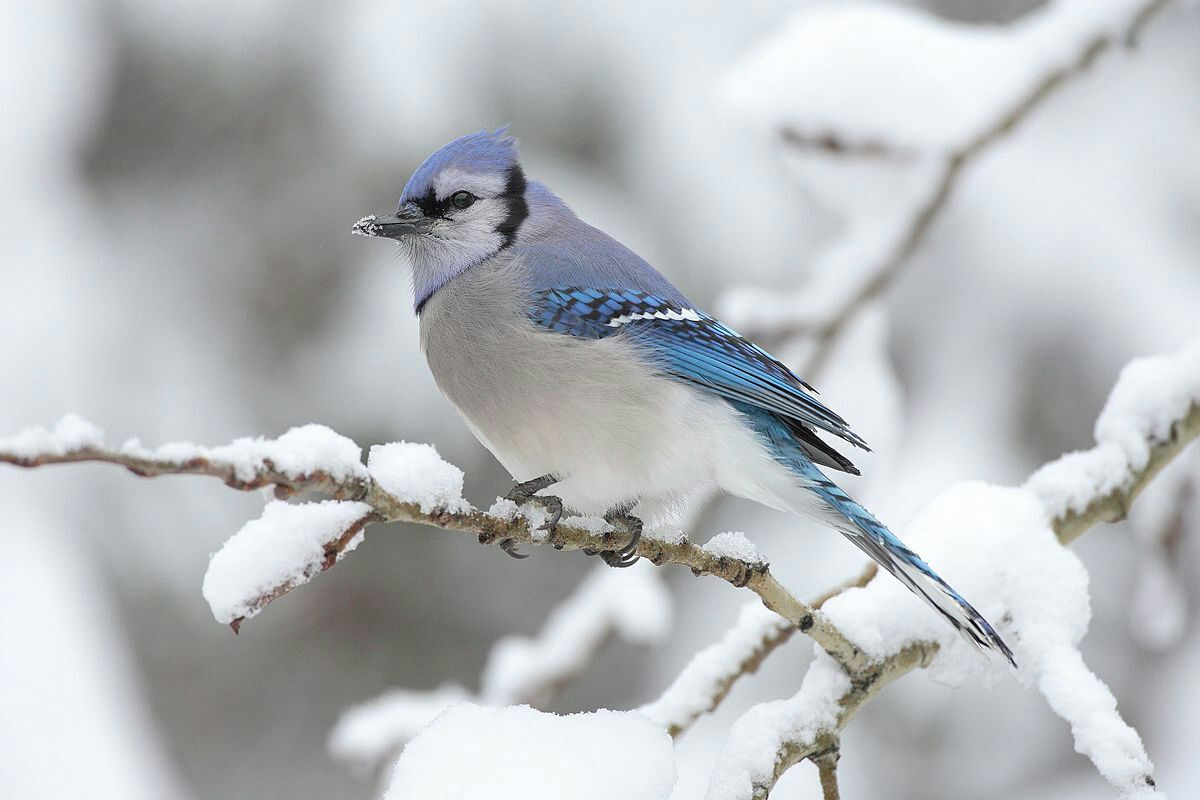
Some male songbirds sing more than 2,000 times per day.
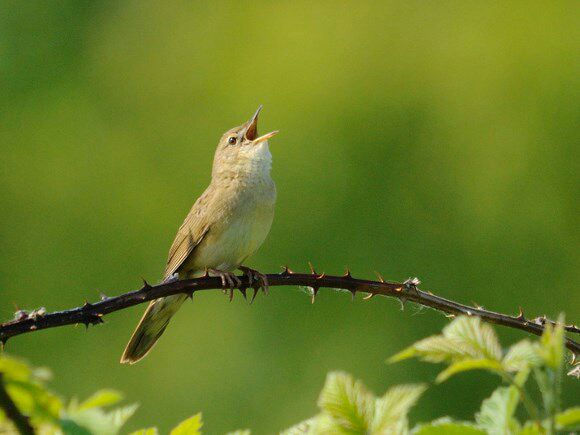
A bird’s feathers weigh more than its skeleton.
The type of diet a bird eats in the wild is directly related to the shape of a bird’s beak.
The flamingo can only eat when its head is upside down.
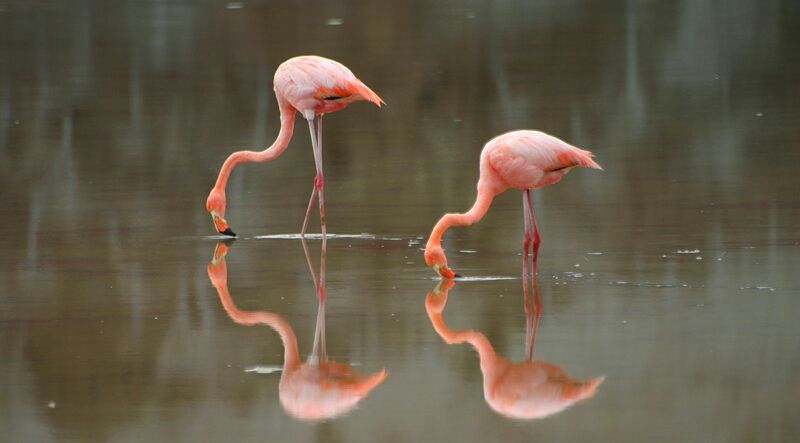
There are more fake flamingos on Earth than real ones.
The rare kakapo parrot, found only in New Zealand, is the only flightless parrot.
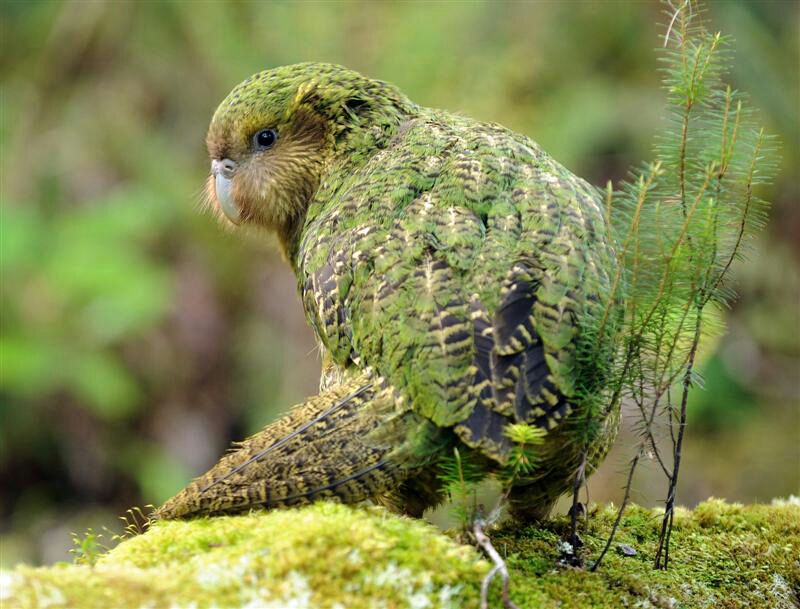
An albatross can soar for as long as six hours without moving its wings.
Wild turkeys can reach flying speeds of 88 km [55 miles] an hour.
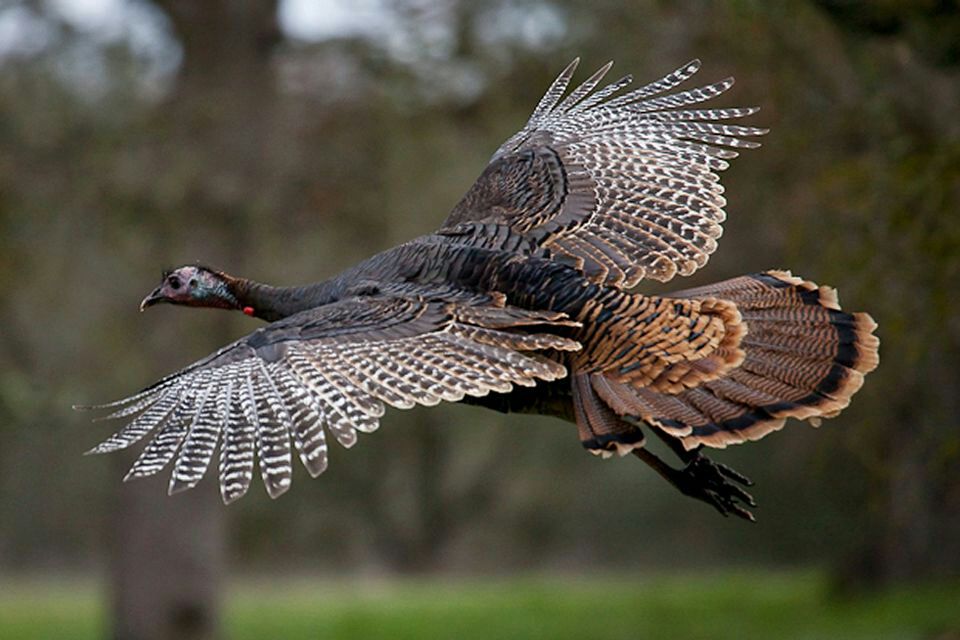
A pelican’s pouch-like beak can hold up to 9.5 liters [2.5 gallons] of water at a time. The beak will shrink to squeeze out the water before the pelican swallows its food.
Arctic terns have the longest annual migration of any bird. They fly 40,000 meters [25,000 miles] from the Arctic to the Antarctic and then back again.
There are over 9,500 species of birds in the world. Approximately 2/3 of all the bird species are found in tropical rain forests.
To make them more lightweight, most birds do not have bladders to store urine. Rather than producing liquid urine to get rid of wastes, they produce a white, pasty substance. However, while an ostrich doesn't have a bladder like a mammal, it's unique among birds because it does have a complete separation of feces and urine.
Though it looks like a bird’s knee is bending backwards, what is bending backward is actually its ankle. Below its ankle is an extended foot bone, leading to the toes. A bird’s real knee is usually hidden by feathers.
The longest feathers ever seen were on a chicken in Japan. Its tail feathers measured 11 m [35 ft] long.
----
Many of these facts were supplied by factretriever.com.
Bạn đang đọc truyện trên: AzTruyen.Top